If the joy of losing a few pounds inspires you to celebrate with a pizza, you’re not alone—Celebrity Fit Club star Marisa Peer said the stars on the ITV show did it, too.
Marisa was one of the resident experts on the early 00s show, called upon to help some of Britain’s biggest names (in both reputation and size) confront the food demons which were causing them to overeat.
She told the Daily Mail: ‘Not everyone on Celebrity Fit Club was really overweight, some were just a little bit heavy.
‘Fit Club had a therapist, a trainer and a doctor, so we were coming at their weight issues from three ways.
‘Sadly though, a lot of the celebrities only went on the show because they just really wanted to be on television—but when you’re looking for people to talk openly about not being able to easily lose weight, you’re not going to be getting A-listers.
‘The saddest thing about Fit Club was that the day after weigh in, the minute after the cameras stopped rolling, some of them would order pizzas, and have ice cream and donuts delivered to celebrate.’
Marisa claims that on-set gossiping—usually fuelled by people who were upset they hadn’t shed as many pounds as their competitors—revealed that some of the contestants were using more than just good old fashioned diet and exercise to slim down.
‘To make sure they had a loss each week, some of them would not eat, they would starve themselves, and some of them would take diuretics and caffeine pills.
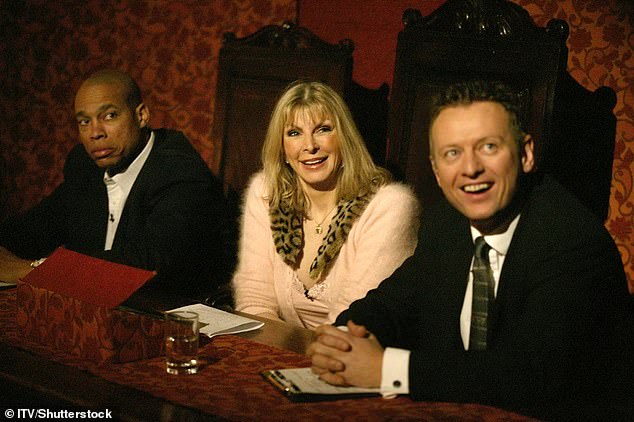
Drill sergeant Harvey Walden, Marisa Peer and Dr Adam Carey were the experts on Celebrity Fit Club in the early 2000s
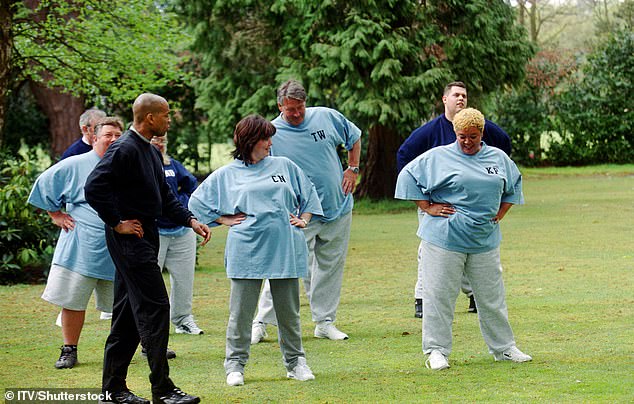
Overweight celebrities, including Coleen Nolan (centre) competed to lose the most weight
‘In the middle of series three Anne Diamond was kicked off the show because she went and had a gastric band so she would lose more weight.
‘Somebody reported that they had seen her at a weight loss clinic in Belgium.
‘It was all over the papers, and she had to leave the show. She was very upset.’
It’s key to remember that pre-Mounjaro, weight loss was big business—and even bigger entertainment.
The market was flooded with celebrity-fronted exercise VHS and DVDs, low-cal cookbooks were ten a penny, and watching people get weighed on TV was a national past time.
The recent release of Netflix‘s Fit For TV: The Reality Of The Biggest Loser has served as a stark reminder of just how brutal reality TV was in its infancy.
The three-part documentary—which is currently the streaming service’s second most watched show globally—takes a forensic look at US series The Biggest Loser, a prime time programme which pitted the morbidly obese against one another in a series of (often humiliating) challenges while being screeched at and belittled by personal trainers with rock hard abs.
Airing from 2004 until 2016, the premise was simple: Lose the most weight over the course of the series, and you’ll walk away with a new shape and a life-changing $250,000 (£185,000).

Coronation Street icon Julie Goodyear took part in the show
Amazingly, the concept for the show wasn’t cooked up by a boardroom of fat-phobic TV execs, but inspired by a show first aired the year prior by ITV; Celebrity Fit Club, which ran for four series between 2002 and 2006.
Some of the stars have since faded into obscurity, or sadly died, but others—such as Vanessa Feltz, Alison Hammond and Coleen Nolan—remain household names, and somewhat depressingly, their shape and size still has the power to captivate the British public.
‘At least half of them, I would say, did keep the weight off, because Celebrity Fit Club was better than The Biggest Loser.
‘It wasn’t sensational. We would never do things which were designed to humiliate, like build a tower of bread rolls using your teeth, or build a mountain of donuts.’
Overseeing the eight celebrities on each series of Celebrity Fit Club was a trio of experts, former US marine drill sergeant Harvey Walden, Dr Adam Carey, and hypnotherapist Marisa.
‘All the people that had the therapy actually did much better, because we really did get to the root of their overeating, which is an emotional problem,’ says Marisa. .
‘Vanessa was an interesting person to work with because she didn’t want therapy at all.
‘She always believed that she didn’t need “any of that”, but she probably was the least successful person on the show.
‘I think Vanessa’s thing is she doesn’t listen. As we saw when she was on Celebs Go Dating, she is very, very smart, but she’s not good at taking advice.
‘So it wasn’t surprising that she didn’t want to have therapy.’
Marisa added that she found herself dealing with similar levels of resistance from Anne. She places them both as ‘the most difficult’ celebrities she dealt with on the ITV show.
‘Anne was a bit like Vanessa, super, super intelligent, and felt that she knew more than anyone else. So that was a challenge,’ said Marisa.
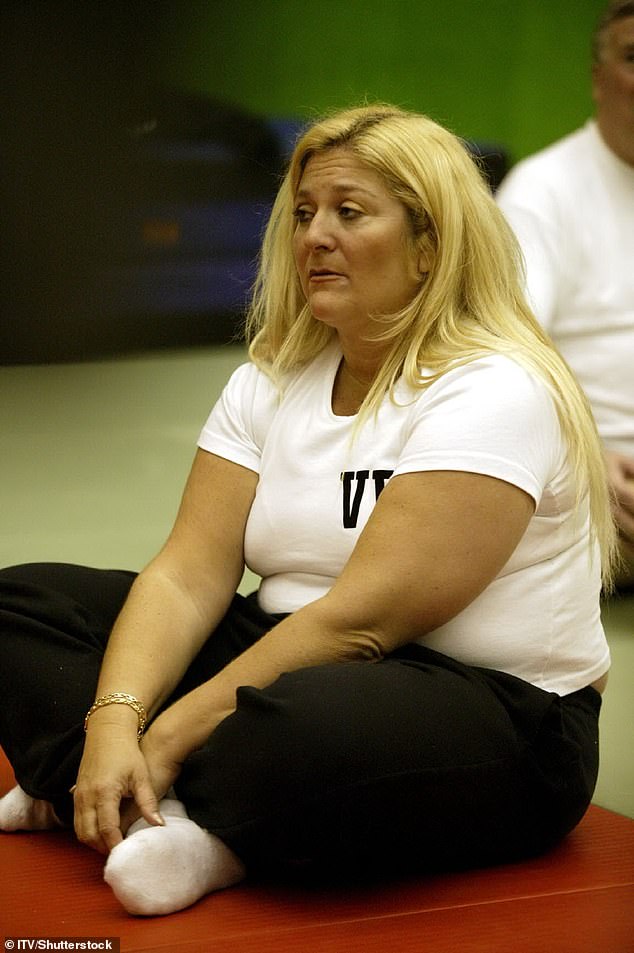
Vanessa Feltz refused to engage with the therapy offered by Marisa Peer
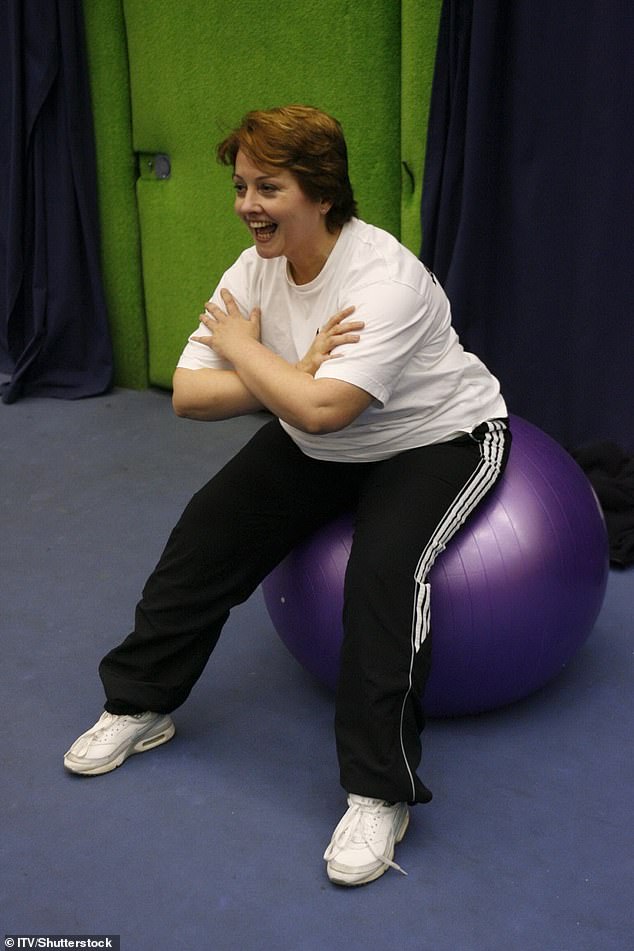
Anne Diamond was booted off the show for cheating, after getting a secret gastric band mid-series
‘Anne and Vanessa were quite combative. They don’t want to take advice. They’re both very intelligent women. They were both at the top of their game, hugely successful.
‘So I think they felt it was demeaning to let someone else tell them what they should be doing.
‘The public also have this view that because people are overweight, they must be stupid.
‘I think you are judged if you’re overweight as being weak, the public sees you as weak. “Why can’t you control your weight? Look at you”.
‘That must be a horrible thing, and so it’s bound to make you a little bit defensive, which is quite understandable.’
One star who embraced the mental health support offered on the show was Alison Hammond, who bravely shared how her childhood had shaped her relationship with food.
‘I liked her very much,’ recalled Marisa. ‘She was great.’
Marisa, who has designed her own form of therapy called Rapid Transformational Therapy, was also called upon to feature on the US version of Celebrity Fit Club.
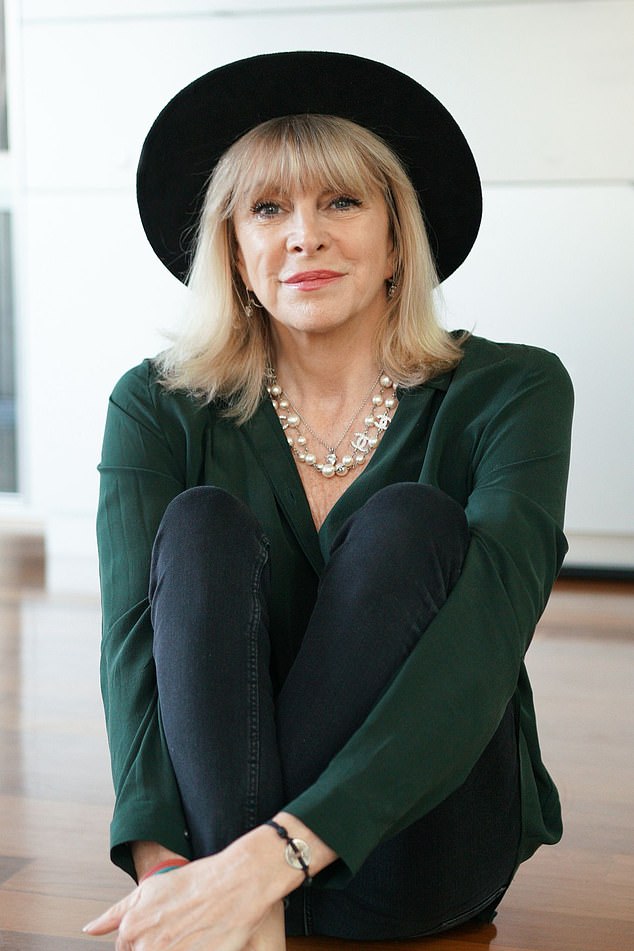
Marisa Peer is still working as a therapist, and has pioneered Rapid Transformational Therapy
She remembers the experience as being wildly different, despite the premise of the show being the same.
She said: ‘On the American series, they asked me if I would interview the celebrities while wearing a negligee, or get into my bikini and do a session with Daniel Baldwin in a jacuzzi.
‘I had to say no, because therapists just don’t do that.’
She also had her first brush with ‘fat admirers’, also known as FAs, who fetishise people who are morbidly obese.
‘We’d get emails from accounts with names like, “whalerider@chubby-chaser.com” and a lot of the celebrities got a lot of fan mail.
‘People liked them to be fat, they found it really erotic. That was that was a new thing for me, I hadn’t really seen that before.’











